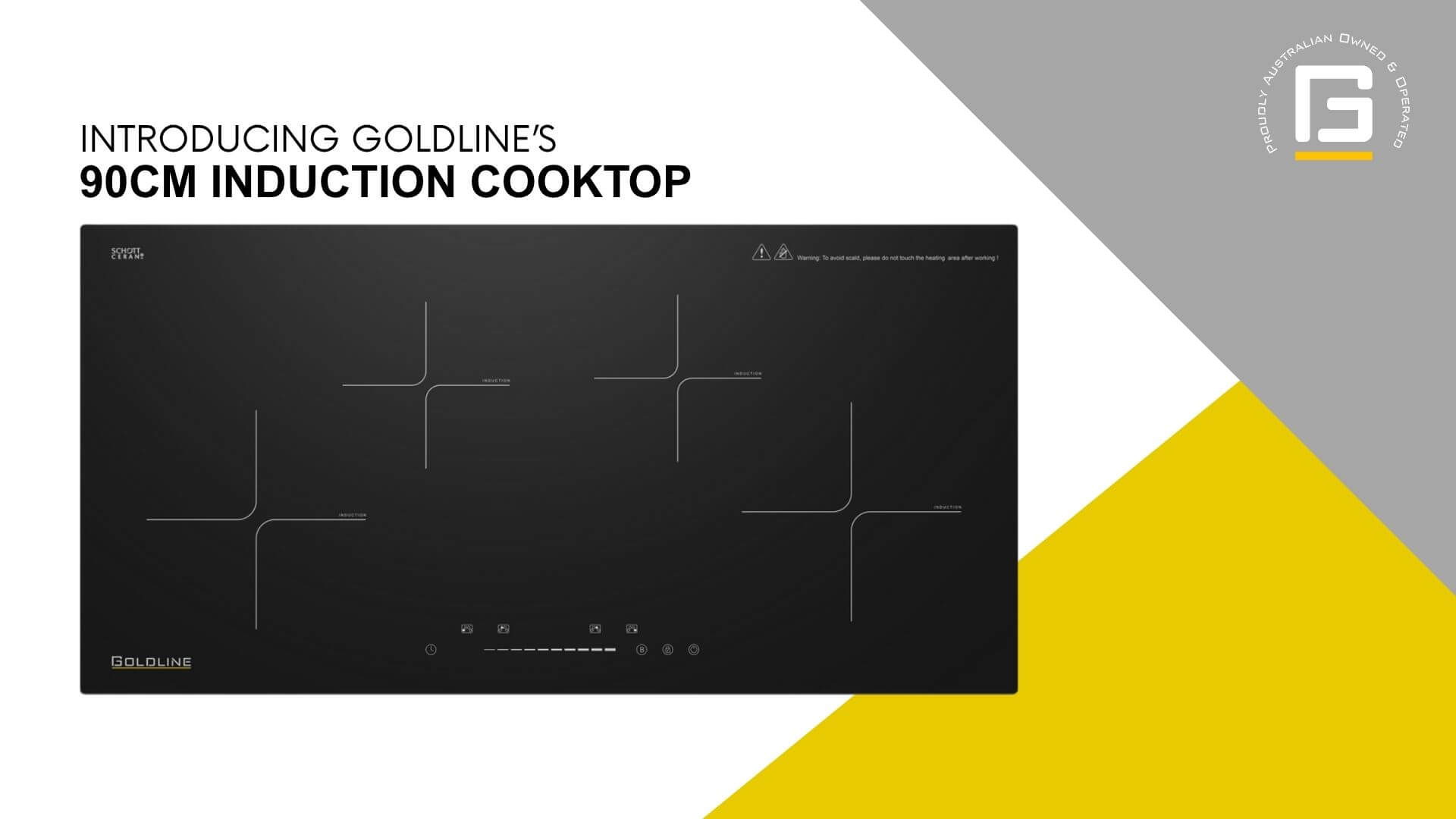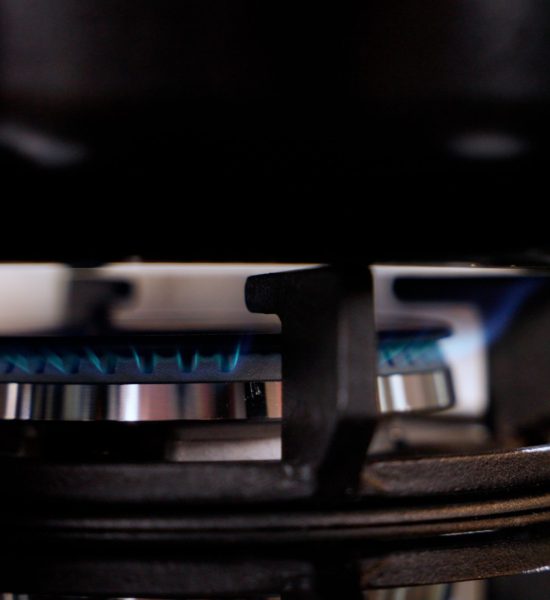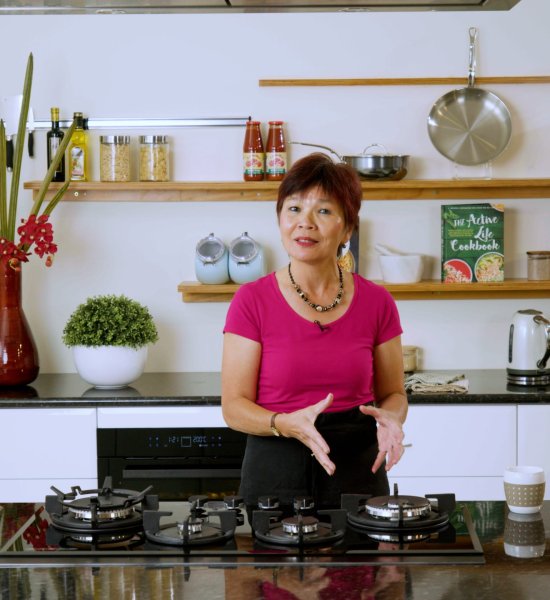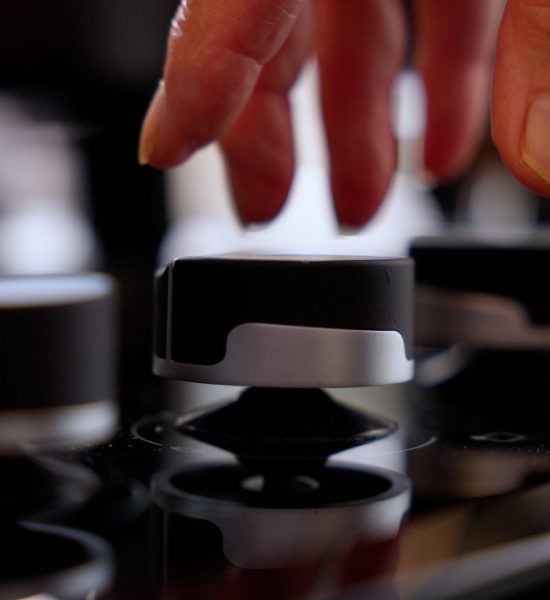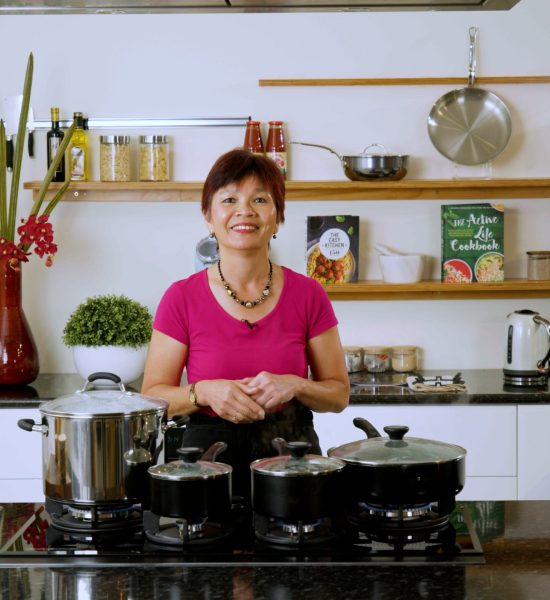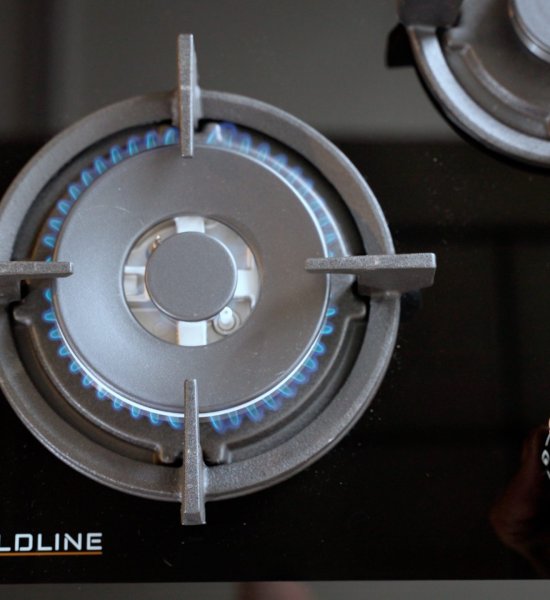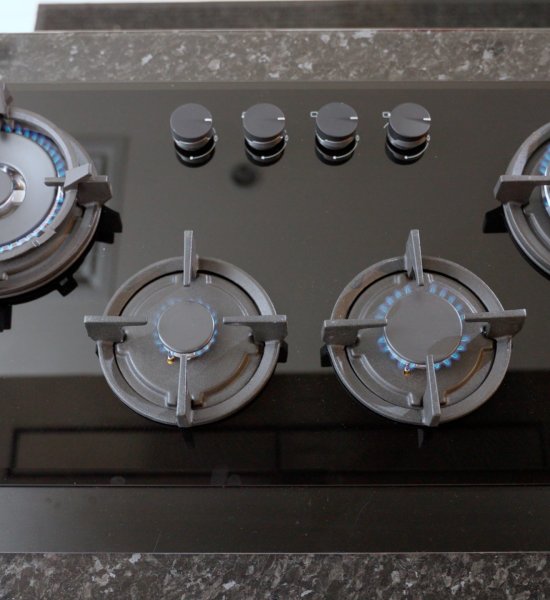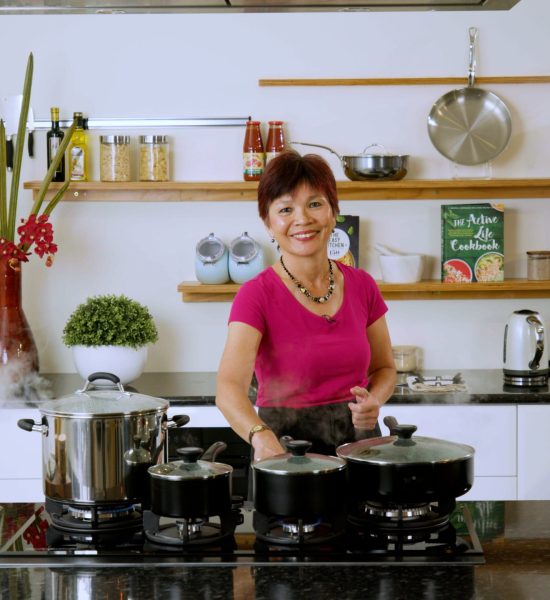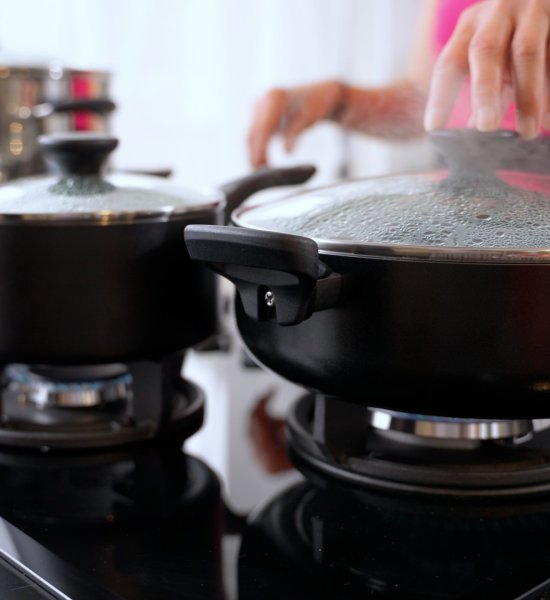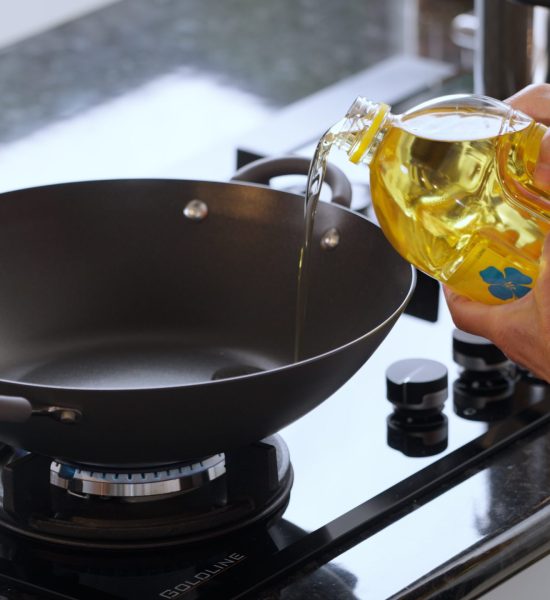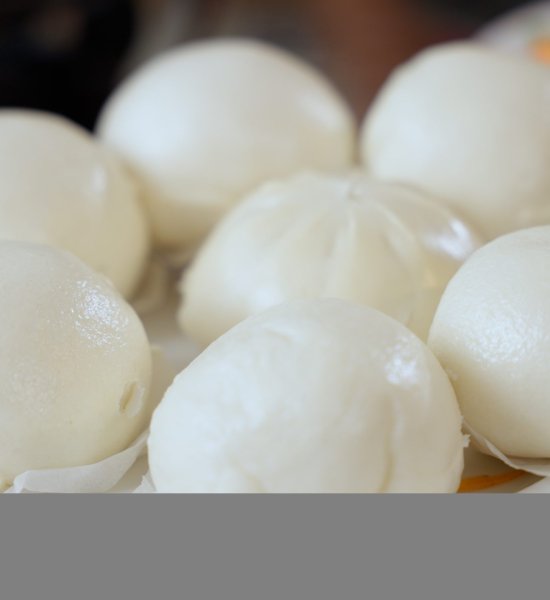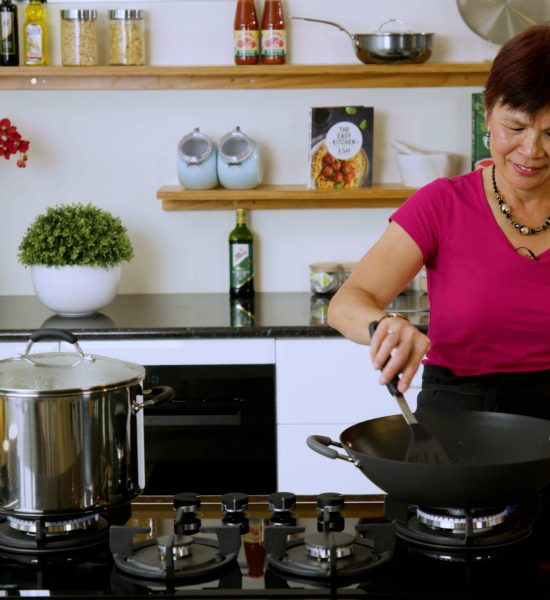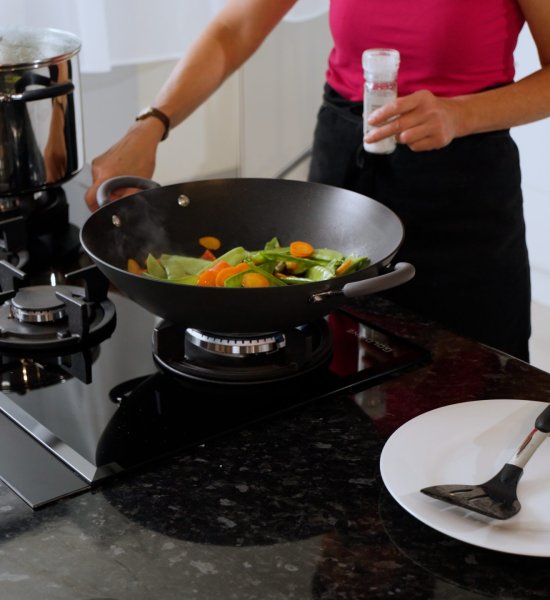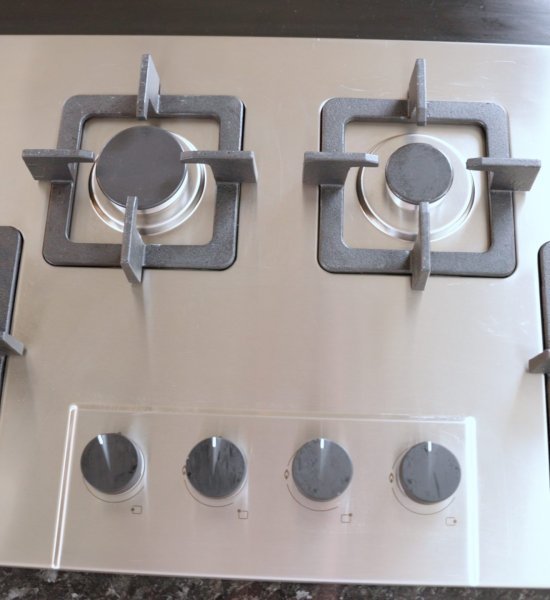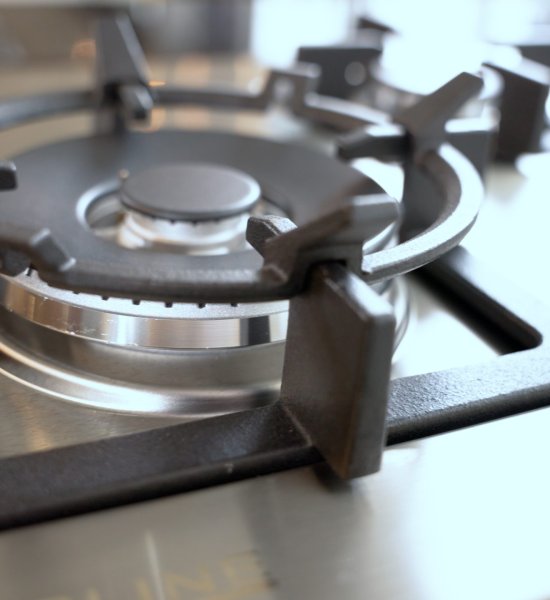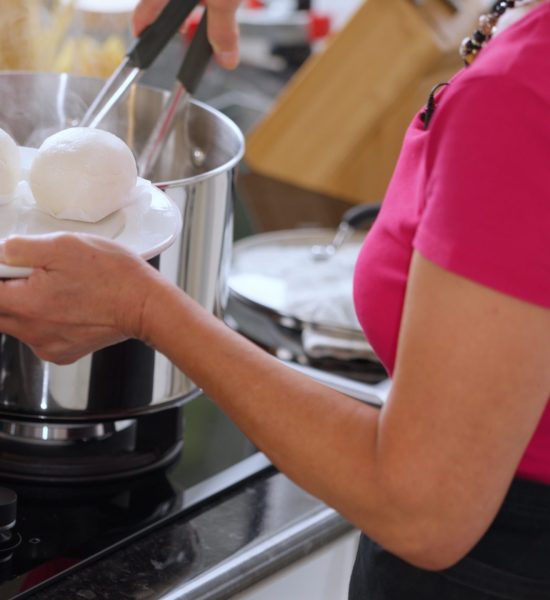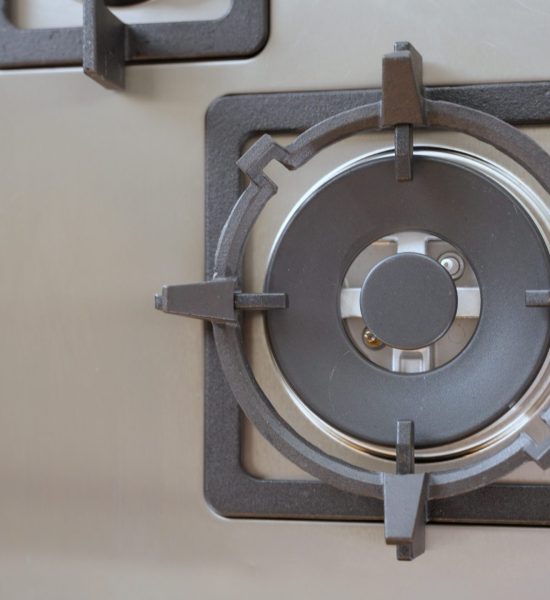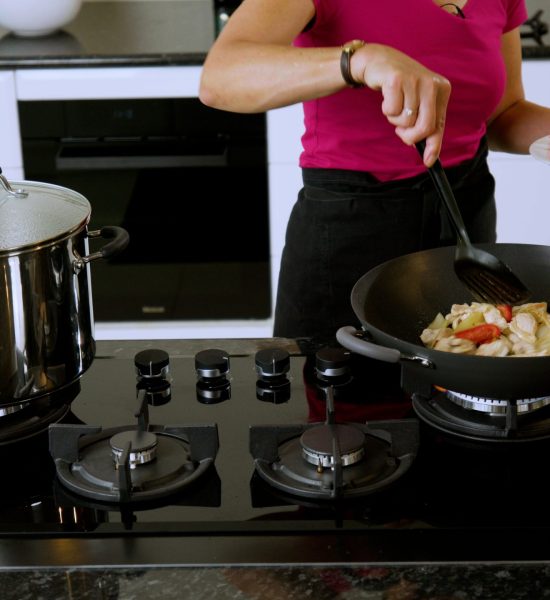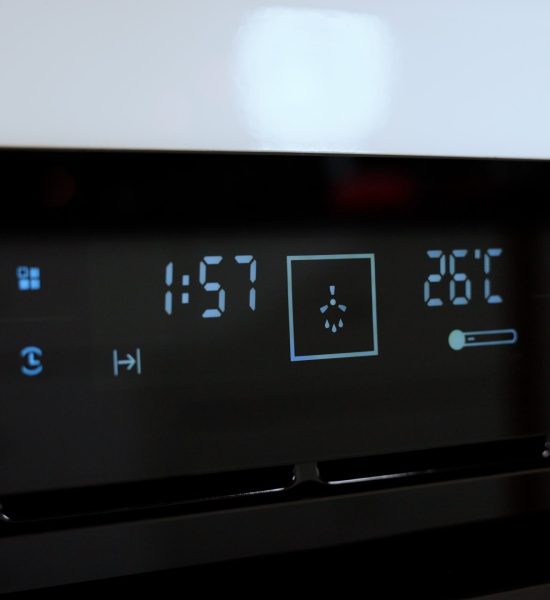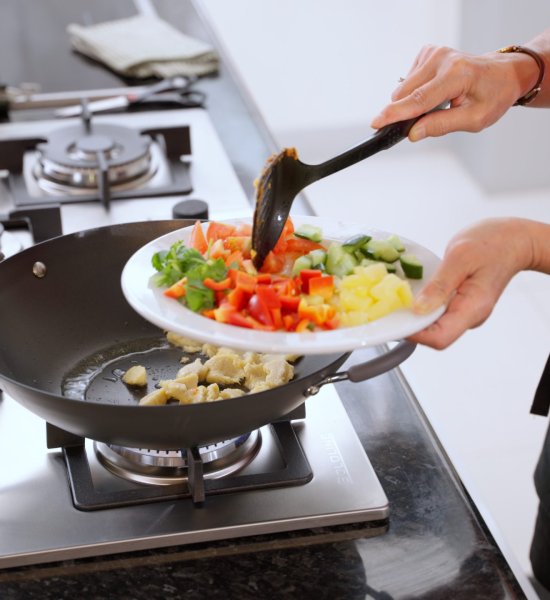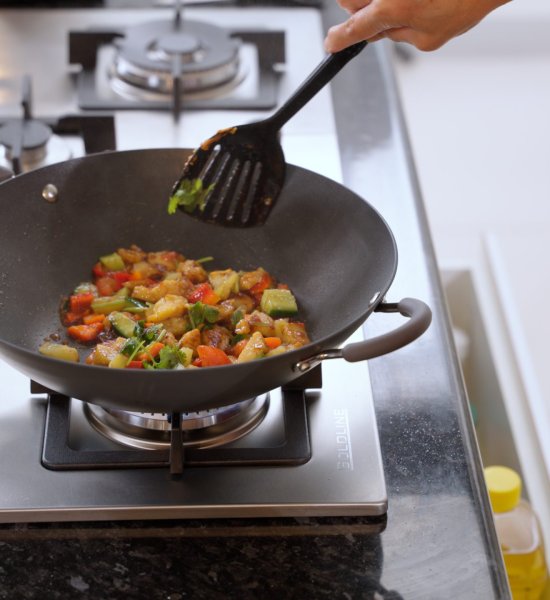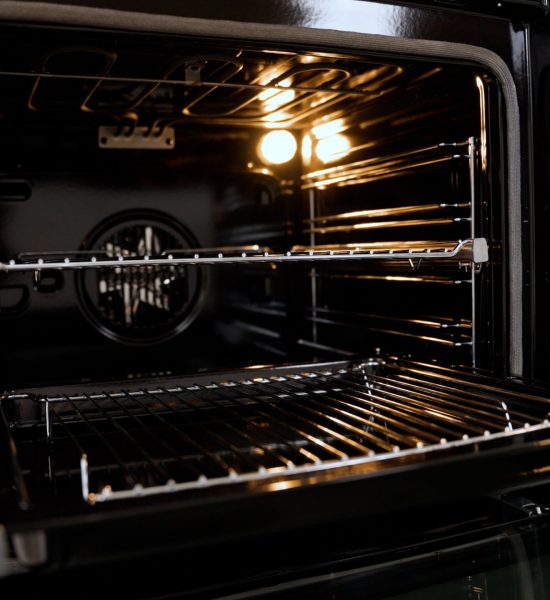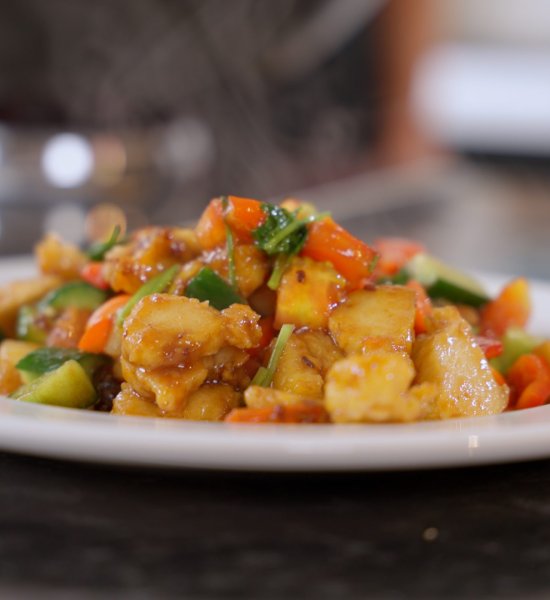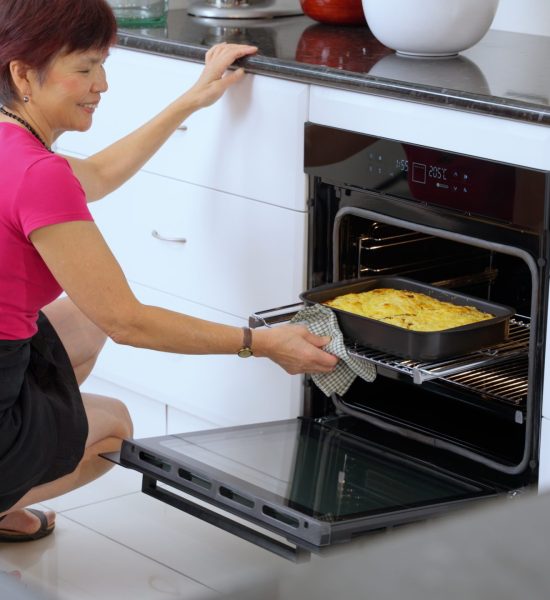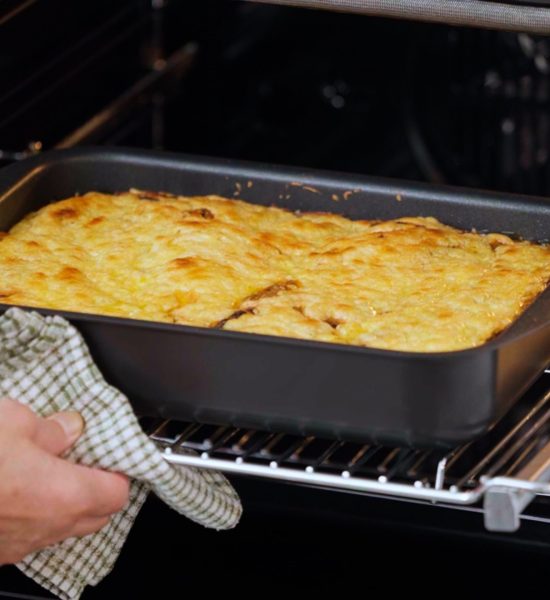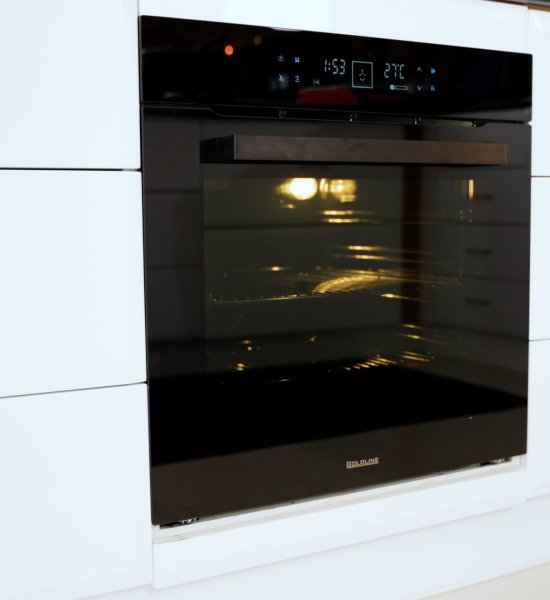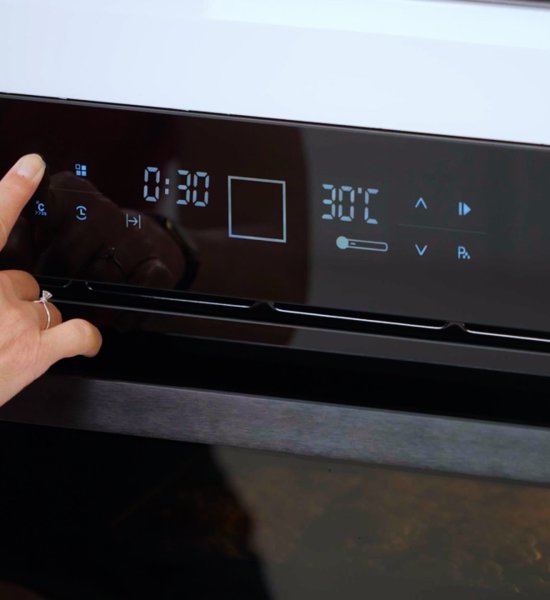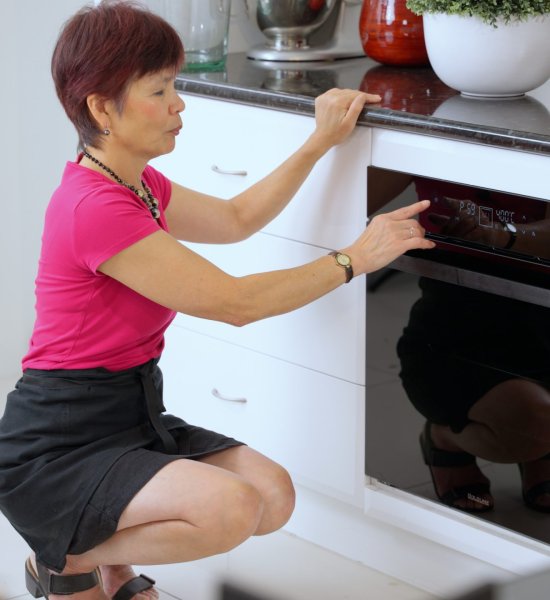Should You Ditch Gas? Everything You Need to Know Before Switching to Induction Cooktops
In recent years, the debate between induction or gas cooktops for Australian homes has intensified. Especially today, as technology advances, environmental awareness grows, and safety becomes a top priority in modern homes.
Yet, the most intriguing question remains: Should you ditch gas? Not necessarily. Both induction cooktops offer unique advantages, and the right choice depends on your cooking style, household needs, and long-term goals.
This guide will help you weigh the pros and cons of each so you can make an informed decision, not based on hype, but on what actually suits your kitchen and lifestyle. Read on to discover which cooktop might be right for you.
How to Choose The Right Cooktop?
Selecting the right cooktop comes down to your lifestyle preferences. Below is a quick breakdown of the main options and what makes each one stand out.
1. Gas Cooktops: The Traditional Favourite
Control and Familiarity: One of the biggest advantages of gas cooktops is the visual feedback they provide. You can see the flame, hear the hiss, and feel the heat instantly. This makes it easier to judge and control temperature, especially for those who grew up cooking with gas. Chefs and home cooks alike often praise gas for allowing quick adjustments and offering immediate heat. If your recipe calls for searing, charring, or flambéing, gas is your ally.
Compatibility with All Cookware: Gas doesn’t discriminate. Whether you’re using cast iron, copper, ceramic, or warped-bottom pans, they’ll all perform reliably over an open flame. This is a big plus for those with an eclectic or heirloom cookware collection.
No Electricity? No Problem: During blackouts or emergencies, gas cooktops (especially those with manual ignition) can still function. For those in areas with frequent outages or unreliable power, this makes gas a practical choice.
2. Induction Cooktops: The Modern Marvel
Speed and Precision: Induction cooktops transfer energy directly to the cookware using electromagnetic fields, which results in incredibly fast heating. Boiling a pot of water can take less than half the time compared to gas. Plus, they offer precise temperature adjustments. Many models allow you to control the heat to a single degree, which is ideal for delicate sauces, melting chocolate, or sous-vide style cooking.
Safety Features: Because the cooktop surface remains relatively cool (it only heats the pan), the risk of burns is drastically reduced. Most units also come with child locks, auto shut-off, and pan detection, making induction ideal for households with young children or elderly family members.
Energy Efficiency and Eco-Friendliness: Induction is the most energy-efficient cooktop type. Around 85-90% of the energy goes directly into the pan, compared to gas, which operates at about 40-55% efficiency. For eco-conscious homeowners, this translates to lower utility bills and a reduced carbon footprint.
Thinking of buying an induction cooktop? Read this article to learn more about what to consider before buying one.
Induction vs Gas: The Limitations of Each Cooktop
Cons of Gas Cooktops:
- Heat Waste: A lot of energy from gas flames escapes into the kitchen, making it warmer, especially during summer. This can strain your air conditioning and energy bill.
- Cleaning Challenges: Spills can seep under the grates and burners, making cleanup time-consuming. Stains from oil and soot buildup over time.
- Safety Risks: Gas leaks are a genuine concern. Even a minor leak can be dangerous without proper ventilation or detectors.
Cons of Induction Cooktops:
- Cookware Limitations: Induction only works with ferromagnetic cookware. That means no copper, aluminium, or many types of ceramic unless they have a magnetic base.
- Cost and Accessibility: Initial prices are higher than those of basic gas models. Plus, if you’re switching from gas, you may need to invest in new cookware and possibly upgrade your electrical system.
- Learning Curve: The flat touch controls and silent heating can feel unintuitive at first. It may take time to build the same muscle memory as with gas.
Key Factors Before Switching to an Induction or Gas Cooktop
1. Is Your Kitchen Cooktop Ready?
Before switching to induction, check your electrical setup. Many induction cooktops require a dedicated 240V outlet. If your home isn’t wired for it, you may need to upgrade, adding to the cost.
Gas, on the other hand, requires a gas line. If your property lacks one, installation could be expensive or infeasible.
2. What is Your Budget for the Transition?
An induction cooktop may start at $800 and go well over $3,000 for premium models. Add cookware upgrades and potential electrical work, and the investment grows. Gas cooktops generally start cheaper, and since many homes already have gas, the transition costs are often lower.
However, over time, induction may save you money through energy efficiency, especially if you cook frequently.
3. What’s Your Cooking Style & Lifestyle?
Are you a weekend baker or a daily meal prepper? Do you value aesthetics, or is function your focus?
Induction is ideal for people who prioritise precision, speed, and safety. Gas is often preferred by those who want more tactile control and compatibility with various cooking styles and techniques.
Decision Guide: What’s the Best Cooktop For You?
You Might Prefer Gas If:
- You’re an experienced cook who loves wok cooking, flame grilling, or using specialty pans.
- Your home already has a gas line, and you don’t want to upgrade your electrical wiring.
- You appreciate the visual cues and fine control of an open flame.
Induction Might Be for You If:
- You have young children and prioritise kitchen safety.
- You’re looking for a cleaner, more modern kitchen aesthetic.
- Speed, precision, and energy efficiency are non-negotiable for you.
Environmental Impact: A Quick Comparison
Gas cooking releases methane and carbon dioxide, contributing to indoor and outdoor air pollution. While modern ventilation can help mitigate this, it doesn’t eliminate the issue entirely.
Induction cooktops, however, don’t emit any gases directly and, when paired with renewable energy sources (like solar panels), can be nearly carbon neutral.
That said, producing induction cooktops involves complex electronics, which also have an environmental cost. Both types have footprints—just in different places.
Maintenance and Durability
Gas cooktops typically last around 15 years with proper maintenance. However, parts like igniters and valves may require occasional repairs. Cleaning can be laborious but manageable with regular upkeep.
Induction cooktops tend to last about 10–15 years. Since they have fewer moving parts, they’re generally reliable, but repairs (when needed) can be more expensive due to digital components.
Common Cooktop Misconceptions Explained
“Induction cooktops are unsafe with pacemakers.”
While electromagnetic fields are real, modern induction cooktops are shielded and generally considered safe for people with pacemakers. Still, consult a medical professional if you have concerns.
“Gas is cheaper.”
It depends on local utility prices. In areas with high gas prices or cheap electricity (especially from solar), induction may be more cost-effective.
“Induction is only for tech-savvy people.”
Many induction cooktops are designed to be intuitive, with easy-to-use buttons, timers, and presets.
Final Verdict: It’s Not About Ditching, It’s About Choosing What Works for You
Rather than framing the debate as “gas vs. induction,” think of it as choosing the tool that best fits your lifestyle. Each has its strengths, quirks, and ideal use cases.
Some households even install both—using a dual-fuel range or keeping a single-burner portable induction cooktop as a supplement.
In the end, the right choice depends on your needs, habits, and kitchen goals. Whichever you choose, understanding the pros, cons, and possibilities ensures you’re making an informed decision.
Ready to Choose the Best Cooktop for Your Australian Home?
Whether you’re drawn to the precise control of induction or the timeless versatility of gas, Goldline has a cooktop designed to elevate your kitchen experience. Our locally engineered appliances are tailored for modern Australian kitchens!
Whether you’re renovating or building new, our lineup of premium induction cooktops and high-performance gas burners provides the flexibility and reliability today’s cooks need. From compact apartments to large family kitchens, we offer some of the best cooktops for Australian homes.
Explore Goldline’s range of quality kitchen appliances today and discover a smarter way to cook—crafted for Australia, inspired by you.
References:
Build.com.au. (n.d.). Installation and use of gas appliances. Retrieved July 3, 2025, from https://build.com.au/installation-and-use-gas-appliances-0


